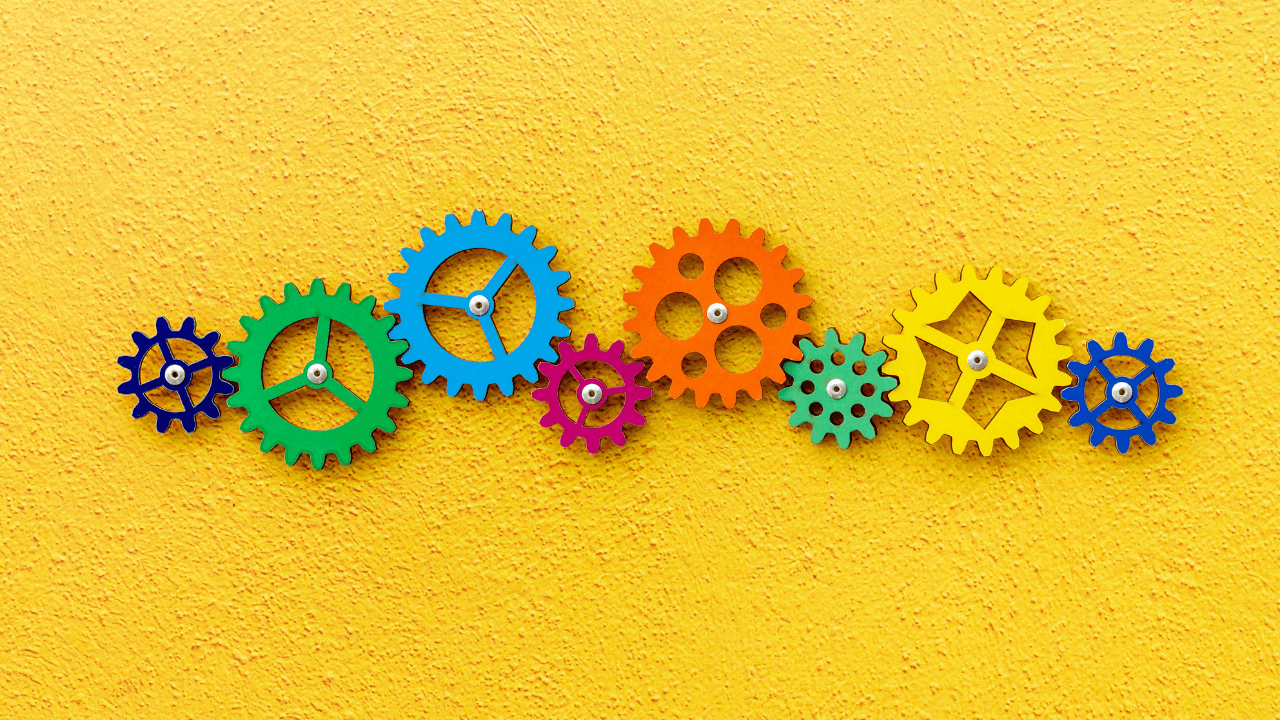Feeling overwhelmed with your task list? Managing tasks and deciding where to begin can be challenging, especially if they all look and feel equally important.
Sometimes, the delay in starting tasks can cause even more stress, especially when you're only motivated by looming deadlines or consequences. We’ve all been there! But finding a way to deal with this challenge is also stressful!
You're in luck, because we’re collecting productivity hacks to help you prioritize your tasks and get things done. Below, we provide overviews of different strategies and link to more in-depth how-to guides on certain methods.
The best part? This article will grow with time, offering more and more techniques and templates to help your ADHD brain overcome task paralysis and executive dysfunction.
Let’s dive in.
Too long; didn’t read
- Without a system, executive function deficits complicate your ability to prioritize tasks and accomplish goals.
- ADHD-friendly prioritization methods include brain dumps, priority pyramids, and the Pomodoro method. (We discuss four more down below.)
- This article will continue to grow with time!
How to choose a prioritization strategy for your ADHD brain
Prioritization strategies can help by focusing on the urgency and importance of your tasks and assisting with task comprehension, i.e., fully understanding the reasons behind the task or its consequences.
ADHD symptoms and needs are unique and can change, so not all systems will work for everyone or all the time. Finding a method that meets your needs can take some trial and error. Don’t be discouraged if something doesn’t work for you immediately or if you need to change things up after a while.
Things to consider when deciding which method to choose:
- Your tool preference (digital vs. paper)
- Your learning style (visual, auditory, etc.)
- Is the tool customizable?
- The type of tasks you need to prioritize
- Whether or not you have an accountability partner
- Convenience and accessibility
The best prioritization hacks for people with ADHD
This list is dynamic, meaning that it will grow with time.
💡 Pro tip! Bookmark this page on your browser to find even more ADHD-friendly productivity and prioritization strategies later on!
1. The Eisenhower matrix
President Eisenhower created the Eisenhower matrix to help him decide which tasks deserved his immediate attention, which should be handed off to someone else, and which activities could be ignored.
Using a grid with four quadrants, each containing its own characteristics, you can better separate tasks to do now, do later, delegate, or delete.
👀🔍 Find more information on how ADHDers can use the Eisenhower matrix to focus on the essentials.
2. The Pomodoro method
The Pomodoro method is a multi-step technique that uses a timer. It helps prevent task avoidance and keeps you on task by breaking down work or focus time (and breaks!) into manageable chunks. You can modify the technique by adjusting the length of your work and break intervals or changing how many cycles you complete.
Pomodoro technique: TL;DR version
- Pick a task.
- Work on the task for 25 minutes.
- Take a five-minute break.
- Start another work interval.
- After three Pomodoro cycles, take a longer break.
🍅 Need more details? Here’s our dedicated blog on how to use the Pomodoro method with ADHD.
3. Make a brain dump
Have you ever been working on something important but kept getting sidetracked by unrelated ideas and activities? That's an ADHD thing, and it comes from our struggle with filtering our thoughts and our tendency to get distracted by them.
A helpful first step of task prioritization is clearing your head by writing down all of your tasks. This is called a brain dump, which helps untangle your thoughts and organize tasks.
- Write down every thought or task that’s whirring around in your head.
- Based on what you wrote, come up with categories like errands, goals, appointments, work, etc. You should also have a few categories for the random chaos that's inevitably written down, such as "things to Google later" or "stuff that's stressing me out."
- Sort everything into time-based categories, e.g., two-minute jobs, longer activities, or urgent and less urgent.
- Remove anything from your list that is out of your control or is unrelated to what you're trying to accomplish today.
🧠 Check out our full guide for making brain dumps to learn how creating a personal to-don’t list can help you stop wasting time on distractions.
4. Priority pyramids
Priority pyramids can help visualize tasks in a hierarchy of urgency. Drawing a pyramid and writing your tasks in (or using sticky notes) can define the boundaries between which jobs must be done first and which can wait.
Working from the bottom up, the base of your pyramid consists of things you’ll complete soon; the middle is anything you’ll start on as soon as possible. The top is only for ongoing or urgent activities you are currently working on.
Below the pyramid, list even more things in your task queue.
Because the borders of the pyramid are rigid, there are only so many tasks you can fit into it. Therefore, as you complete activities, your tasks will shift, with some moving up to the next level and others moving out of the pyramid into the completed box.
When a space becomes available at the pyramid’s base, move in one of your queued tasks to keep you pushing forward.
5. Time-blocking
Time blocking is similar to the Pomodoro method but more customizable.
With time blocking, plan your day using specific blocks of time for certain tasks. (Example: For the time block "7 AM to 7:30 AM," brew and drink coffee while checking the news and weather.)
Pre-planning your day with prioritized activities can help you avoid crisis mode and procrastination. An added bonus? You prevent decision fatigue in the middle of your workday if you decide in advance where specific activities fit into your time blocks.
6. Follow the 80/20 rule
Also known as the Pareto principle, the 80/20 rule states that 80% of your desired outcome stems from 20% of your efforts. The trick is finding out what tasks should make up your 20%; essentially, you’re trying to get the most bang for your buck.
➗ Want to learn more? Read our guide on using the 80/20 rule to find out how it can help people with ADHD work more efficiently.
Why do ADHDers struggle with task prioritization in the first place?
Many ADHDers find prioritizing tasks and accomplishing goals challenging. This struggle may be linked to executive dysfunction.1 Executive functions are higher-order cognitive skills needed to organize and prioritize tasks, make decisions, and manage time effectively.
What does executive dysfunction feel like?
Executive functioning deficits can manifest in a variety of ways, but some of the most common symptoms of executive dysfunction include the following:
- Lack of motivation
- Problems with organization and planning
- Impulsivity
- Problem-solving challenges
- Time blindness (altered or poor perception of time)
- Emotional sensitivity
- Task freeze, or struggling to switch tasks
- Trouble remembering the steps or details of a task2
- Difficulty focusing and paying attention
- Decision paralysis, or feeling overwhelmed with choices
Final thoughts: ADHD is no match for your productivity toolbox
Your ideal productivity and prioritization method will be different from my ideal method. In other words, finding what works best for you may take some trial and error and personalization.
Plus, you'll need a few of these strategies in your toolbox for different situations. For example, a brain dump may help you untangle your thoughts for task prioritization, the Pomodoro method might make it easier to manage the time you spend on tasks, and the 80/20 rule can help you break free from decision paralysis so you can finally complete your important tasks.
Try a few methods and make them your own! There's no wrong way to use these tools.
Have you tried any of these? Tell us about your favorites on Twitter: @get_inflow
Sources
1 Medical Science Monitor | Clinical Implications of the Perception of Time in Attention Deficit Hyperactivity Disorder (ADHD): A Review (2021)
2 Medical Science Monitor | Time Perception is a Focal Symptom of Attention-Deficit/Hyperactivity Disorder in Adults (2021)









